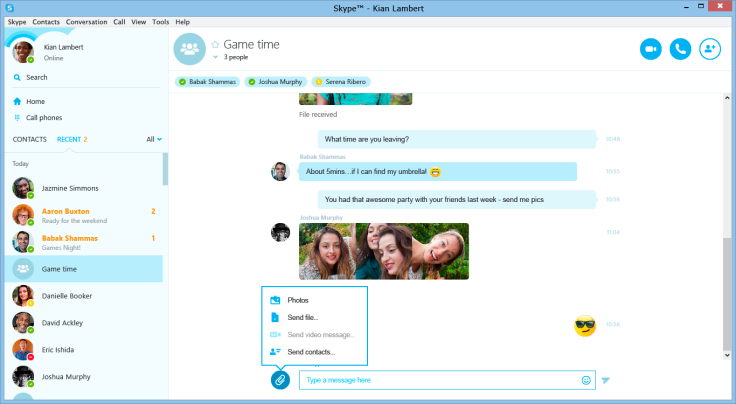Skype Abandons Windows 8 Touch App, Asks Users to Switch to Desktop App

Skype is abandoning development of the touch-optimized Windows version of the application, the company announced Thursday. After July 7, users opening the touch version will be asked to switch to the desktop version to continue using the Microsoft-owned video-chat application.
In a blog post, Aga Guzik, head of desktop product marketing at Skype, explained that with the launch of Windows 10, it's better to use the desktop version capable of supporting touch rather than supporting two apps with duplicated functionality.
Windows 10 is also set to include deep Skype integration that will, for example, allow users to make Skype calls via the Phone app rather than through a dedicated Skype app. "You may be thinking: What about Skype built into Messaging, Phone and Skype video coming to Windows 10? Don’t worry -- we will begin rolling the apps to get your feedback later this year," Guzik said, suggesting the developers will miss the June 29 launch of Windows 10. Users will have to use the desktop application before this functionality is rolled out.
The touch version was a type of "modern app," a class of application familiar to Windows 8 users by the way they fill an entire screen by default and feature large buttons optimized for touch. Skype's "modern" version came preinstalled with Windows 8.1, a free upgrade for Windows 8 users, and ran separately from the desktop version. Users are able to install both apps side by side on the same machine, with the desktop version operating similarly to the Windows 7 version.
© Copyright IBTimes 2025. All rights reserved.




















